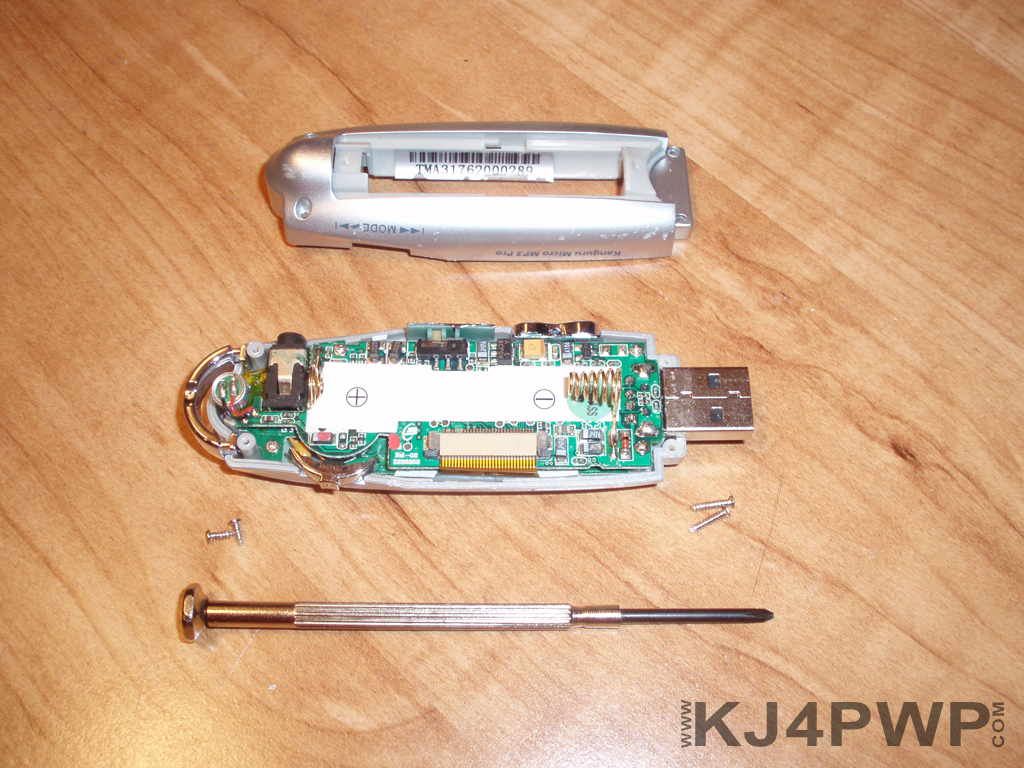
This is also useful later to upload the radio playlist and music files. I used a FTP program - FileZilla (free) to do this remotely. Then I added a ‘playlists’ directory and a ‘Record’ directory in the home/pi/Music folder.

We next need to setup directories for the music and playlists.įirst I added a 'Music' directory in the home/pi folder. ‘mpc’ is Music Player Client that is needed both for test and to setup playlists. We need three packages: StreamRipper, MPD (music player), and Node-Red. We now have the initial Pi setup complete. Now log in using ‘pi’ and the new password. Rather than close this, wait a minute for the Pi to restart and the right click the Putty task bar and select ‘Restart Session’. Then right arrow twice and click 'Finish', and 'Yes' to reboot. I then change the network name (optional) (copy text then right click in Putty to paste)
#Web radio recorder 2 password#
This saves a load of time!įirst revise the password and other settings via: Note that the text entry can be copied from here and pasted into Putty (right mouse click). Log on as ‘pi’ with password ‘raspberry’. Now click ‘open’ and you should have the equivalent of the Pi terminal screen. Note the IP address, typically of the form 192.168.0.xx. Wait a minute and then log onto your Wi-Fi router and look for the connected devices, and for device name raspberry pi. Plug the SD card into the Pi and power up. This latter file is called wpa_nf and is of the form:Ĭtrl_interface=DIR=/var/run/wpa_supplicant GROUP=netdevĮdit the YOUR_NETWORK_NAME and YOUR_PASSWORD and save to the ‘Boot’ part of the SD card as wpa_nf The second file is needed to give the Wi-Fi details so the Pi can connect. This tells the Pi to enable SSH from start-up. In order to run headless we need to add two files to ‘boot’ before putting the card into the Pi. Burn this onto a micro SD card using Etcher from. I used the lite version to avoid a load of stuff that will not be used here.

Start by downloading the latest version on Raspbian from. This avoids the need to connect a keyboard/Mouse/screen. The setup process runs the Pi remotely throughout – also called headless mode. I have included my approach in the last step. I used a JBL On Stage dock during the development and then disassembled a JBL Radial dock for the final system. Most can be connected via a 3.5mm phono lead. The amplifier choice is very much a personal preference. However if the amplifier is being driven from the same power supply (common ground) it is better to connect the ground on the PCM5102 board to the ground on the amplifier input in order to eliminate noise on the ground wiring. Link ‘3’ to ‘H’ - XMT (software mute off). Then, if needed, close 3 of the four links on the bottom of the board to ‘L’ (1, 2, 4) – for FLT (normal filter), DMP (De-emphasis off) and FMT (format I2C). We need the board to use its own clock and it will only do this is there is none on the SCK input. There is one on the top side to link SCK to ground. The one I got had the default settings already set and I only had to bridge the link to set SCK to ground.įirst solder the PCM5102 board links. A number of connections (settings) can be set via solder bridges on the board. This is because this one is easier to wire up.

I decided to use a different digital audio board to my earlier HQ Audio project, still a PCM5102A. However a visit to might prove worthwhile. Others, especially those who the BBC is mandated to serve, might consider doing the same. I have contacted the BBC asking them to remove this restrictive change. Hence the links in the stations.m3u file to BBC stations no longer work. The recording function uses a program called Steamripper.įrom today the BBC has brought its internet streaming inhouse and is not making its internet radio urls available to the public.
#Web radio recorder 2 software#
It can also be linked into a home automation system as the control software is Node-Red that makes it easy to link network devices.Īll the software is free. No physical controls are needed as it uses a web interface and smartphone control. In my case I had an old JBL Radial docking station doing nothing and so used the electronics in a bespoke enclosure that could be fitted under a kitchen cabinet. The amplifier and speaker could be any of a large number of systems. The system can record any daily program, and could be easily modified for other radio recording requirements. This project builds on my earlier Internet Radio/Music player project but is described here from scratch as I also improved my software installation process and used a digital audio board with simpler connections. I have been enjoying the news every day for several months now, when I am ready to listen to it, and with just a couple of clicks. Hence the inclusion of the recording function.

My objective here was to be able to listen to the 8am news over breakfast – without having to up at 8am.


 0 kommentar(er)
0 kommentar(er)
